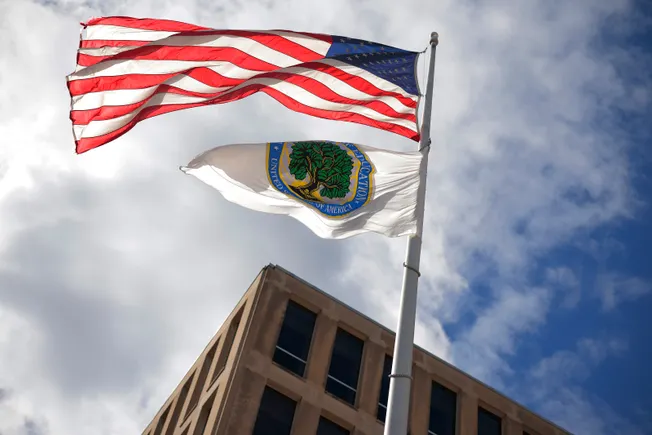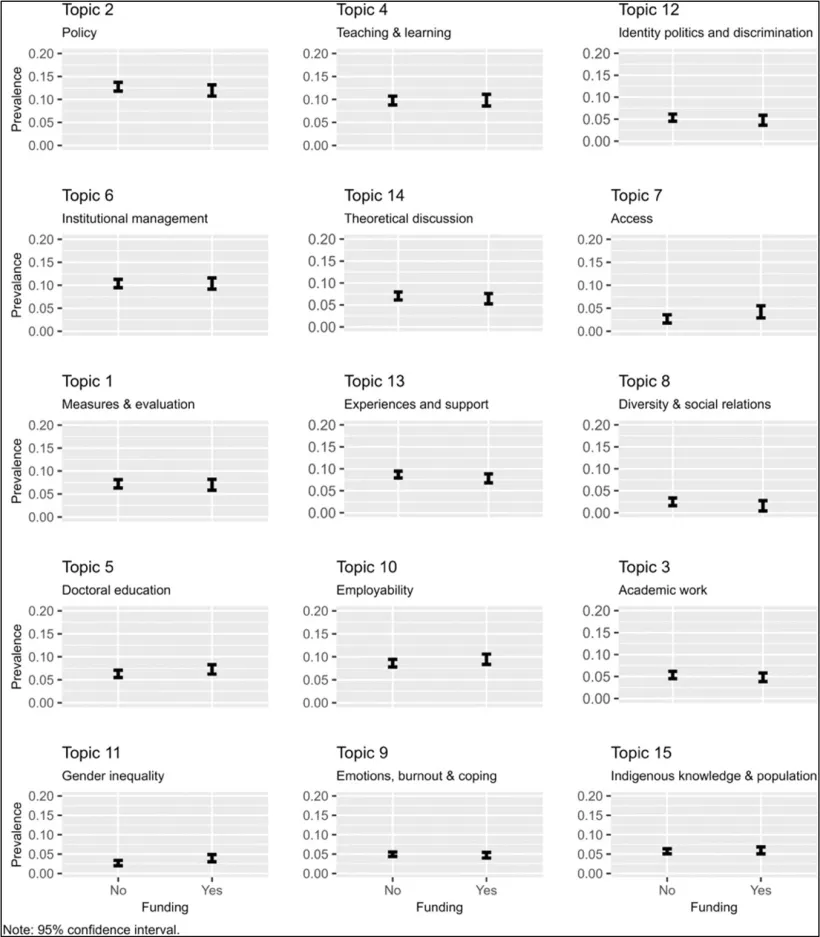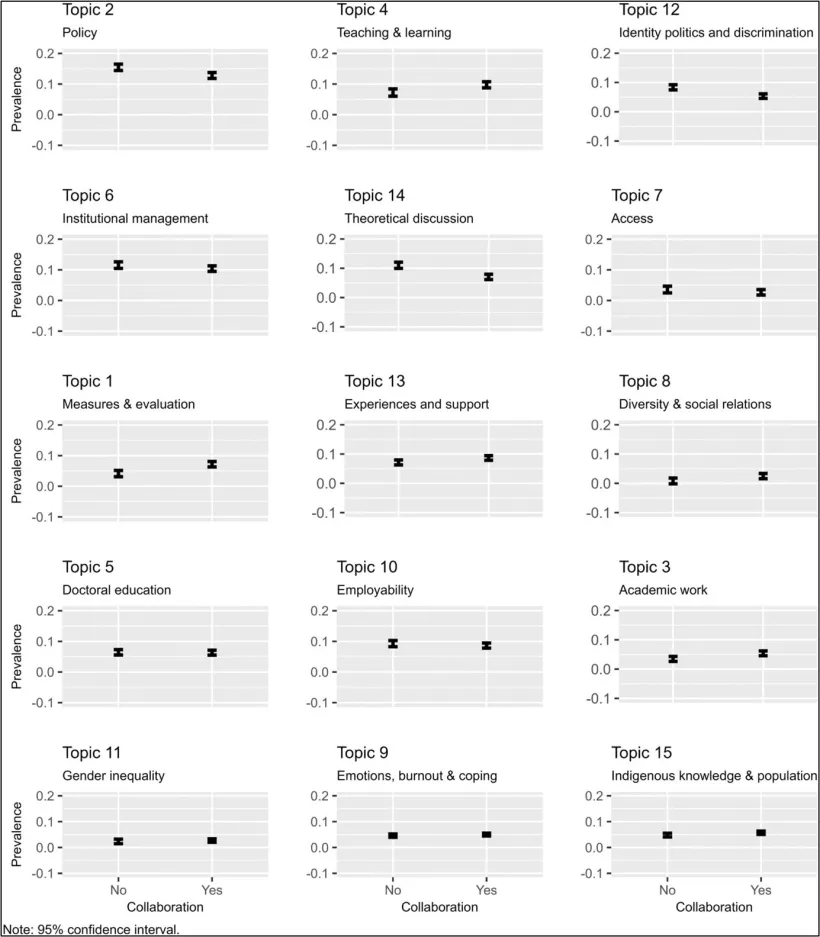Join HEPI for a webinar on Thursday 11 December 2025 from 10am to 11am to discuss how universities can strengthen the student voice in governance to mark the launch of our upcoming report, Rethinking the Student Voice. Sign up now to hear our speakers explore the key questions.
This blog was kindly authored by Professor Rathna Ramanathan, Provost, Central Saint Martins; Executive Dean for Global Affairs and Professor of Design and Intercultural Communication, University of the Arts London.
The structure of our universities is stuck in the past. The recent post-16 education and skills white paper praises our universities as globally excellent institutions but calls for a reorientation towards national priorities and greater efficiency. As academics and creatives functioning as outsiders, we can use this position productively to define future pathways.
We’re living through multiple crises at once – climate emergency, polarization, AI disruption – yet most universities still organize themselves around departments created decades ago. Institutions talk endlessly about ‘interdisciplinary collaboration’ and ‘preparing students for the future’, yet their actual structures often make both nearly impossible.
At Central Saint Martins, University of the Arts London, we have tried something different. We have redesigned the College by rethinking what an art and design college should focus on and how it can work, guided by shared principles that emerged from asking: ‘What does it look like when we work together at our best?’
The real question
We ask students to be creative, adaptive, bold. To embrace complexity and imagine different futures. What could our universities achieve if we reorganised ourselves with the same creativity we demand from students?
The institutions that thrive in the coming decades won’t be those defending traditions most fiercely. They will be those with the courage to redesign themselves for the world emerging, not the one they were built for. That’s uncomfortable. Structural change is difficult and uncertain. Letting go of familiar categories and hierarchies requires trust. Building new collaborative cultures alongside new organisational structures demands sustained effort. This discomfort might be precisely the point. If universities can’t model the adaptive, experimental, principles-led thinking we claim to teach, why should anyone trust us to prepare the next generation for an uncertain future? More bluntly, if we don’t practice what we teach, do we deserve to thrive?
The problem: structure shapes everything
For over a century, universities have organised themselves into disciplinary silos. This made sense when knowledge was more stable, and career paths were more predictable. But today’s urgent challenges don’t heed disciplinary boundaries and require insights from science, policy, economics, ethics, design, and creative practice simultaneously.
Most universities recognise this. They create joint programmes and support cross-department initiatives. Yet the fundamental architecture remains unchanged: separate budgets, isolated governance structures, academic staff working within disciplinary lanes. It’s like trying to renovate a house by rearranging the furniture while leaving the walls intact.
For students, this disconnect is glaring. They see interconnected problems everywhere, yet are asked to choose a single discipline and stay within it. They want to learn how to think, not just master a predetermined skill set. Traditional university structures also inadvertently reinforce whose knowledge counts and whose doesn’t, often privileging Western over non-Western perspectives, theory over practice, and individual achievement over collective wisdom. In an era demanding intercultural, community-centred, and future-focused approaches, these inherited biases have become institutional liabilities.
The experiment: principles before structure
Central Saint Martins’ transformation began with a fundamental question: ‘What does it look like when we work together at our best?’ From this inquiry emerged five core principles that now guide decision-making at College level: address shared conditions that transcend disciplines; seek common ground through equitable collaboration; treat the whole life of the College as creative material; bring practice to every space; and deepen connections with communities beyond our walls. These aren’t aspirational statements. They’re operational principles that inform the creation of a new structure: ‘Schools of Thought’.
Three schools of thought: foundations, not hierarchies
Most university ‘schools’ function as management layers above departments with administrative structures for top-down control. At Central Saint Martins, we are inverting this model. Our Schools of Thought establish shared foundations beneath courses and programmes, creating common ground where disciplines naturally converge.
Each school aims to be transdisciplinary (integrating ways of thinking), not merely multidisciplinary (putting disciplines side-by-side). They’re collective, not just collaborative. The naming strategy – C + S + M = CSM – emphasises the whole over parts. Rather than reinforcing disciplinary boundaries, they create space for working across schools while adapting to changing conditions.
C School [Culture] explores culture as a vital form of enquiry and expression, developing thinking and practice across art, performance and curation. It recognises culture in the immediate world around us, understanding it as a sense-making activity.
S School [Systems] explores how different forms of designing allow us to understand and intervene in the complex human systems shaping our world through graphic communication, product and industrial design, architecture, business innovation, and creative enterprise.
M School [Materials] investigates radical approaches to materials, making, and meaning-making through fashion, textiles, and jewellery to digital interaction, scientific innovation, and multi-species regeneration.
Why principles matter more than plans
What makes this transformation different from typical restructuring is its foundation in shared principles rather than predetermined outcomes. The principles emerged from collective reflection on the College’s actual lived experience, examining when authentic collaboration and meaningful impact happen. They aim to capture the heart of the College’s culture rather than imposing an abstract ideal. They create coherence without rigidity, alignment without conformity.
Schools of Thought are not viewed as resolved but as vehicles for ongoing transformation. They provide low-walled frameworks for continuous evolution, adapting to changing conditions while staying true to core values. As communities and conversations develop, the schools themselves will transform, shaped by the very practices they enable.
The deeper shift: embedding justice and sustainability
Traditionally, art and design education has reinforced colonial perspectives, unsustainable production and cultural hierarchies; biases that reproduce invisibly through inherited disciplinary structures. The principle of ‘addressing shared conditions’ makes complicity in global crises unavoidable rather than optional, preventing justice and sustainability from being relegated to elective courses or diversity initiatives.
‘Seeking common ground’” creates space for marginalised knowledge systems, while ‘taking the whole life of the College as material’ reveals institutional truths through the lived experiences of our staff and our students rather than stated values alone.
We can’t truly prepare students for the climate crisis, technological disruption, or polarisation by adding modules to unchanged systems. The structure needs to embody the values and capacities these challenges demand.
What creativity teaches
Creative education isn’t primarily about self-expression or beautiful objects. But approached as Central Saint Martins has, creativity becomes a methodology for engaging with uncertainty as traditional certainties collapse.
‘Bring practice to every space’ makes thinking-in-formation visible, cultivating comfort with ambiguity and the capacity to learn from failure—all critical for navigating unpredictable futures. “Deepen external connections” recognises that knowledge develops through genuine dialogue with communities beyond institutional walls, not expert pronouncements.
These approaches value prototyping and iteration over perfect solutions, holding contradictory ideas simultaneously, collaborating across difference, and making abstract possibilities tangible. We want to apply creative principles to institutional transformation, treating the restructuring as an experimental, collaborative, and iterative process rather than a top-down plan.
Lessons for all higher education
Although rooted in creative arts, the principles-led approach transfers across sectors. Imperial College London’s recently launched Schools of Convergence Science reflects similar recognition that traditional structures no longer serve contemporary challenges. Structural change requires more than new organisational charts. It requires:
- Culture shifts embedded in governance: Principles that guide decision-making at every level, ensuring new structures don’t simply replicate old patterns.
- Foundation-level transformation: Creating common ground where collaboration becomes natural rather than requiring special initiatives.
- Recognition of complicity: Acknowledging how inherited structures perpetuate problems, then actively working to transform those conditions.
- Treating institutional structure as material: Applying the same creative, experimental, iterative approaches we teach students.
- Making the whole life of the institution visible: Valuing informal experience alongside formal roles, practice alongside theory, collective wisdom alongside individual expertise.
Any university can ask itself: What principles characterise when we work at our best? How could we design structures that enable rather than constrain that work? What would it mean to organise around shared conditions rather than inherited categories?
As higher education gets increasingly othered in new policies, outsiders can provide the breakthroughs needed by taking a fresh perspective. As ‘The genius of the amateur’ points out, outsiders often succeed because progress is about generating models which we then test, apply and refine. We can’t do this alone at Central Saint Martins, University of the Arts London, we need to do this collectively: to genuinely practice for ourselves what we teach and to create a space which isn’t about silos or othering but where all of us are welcome.
















